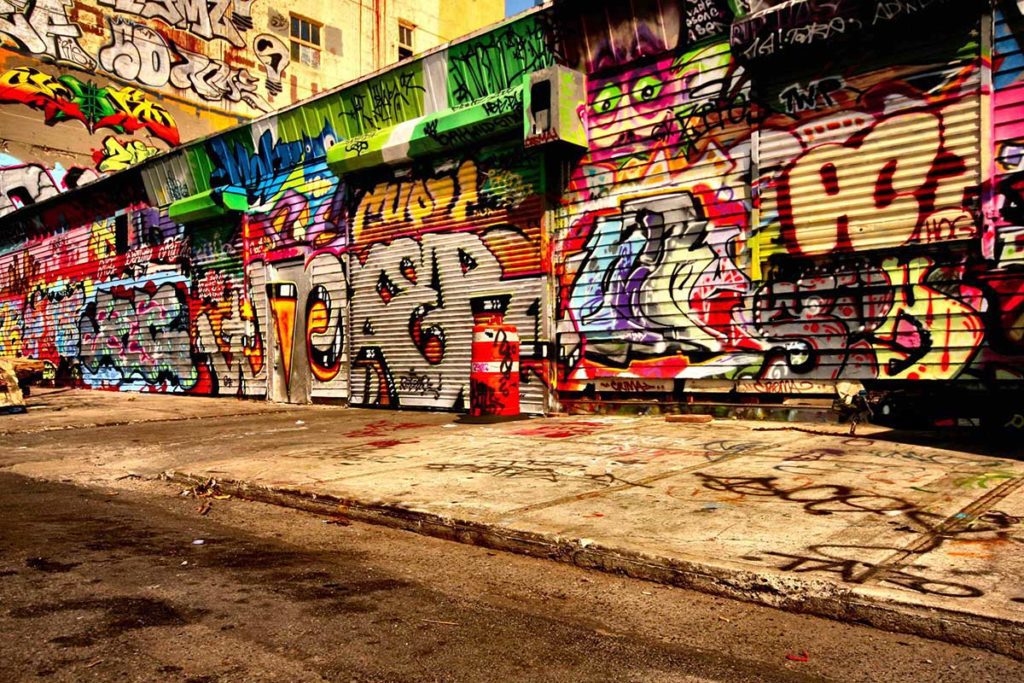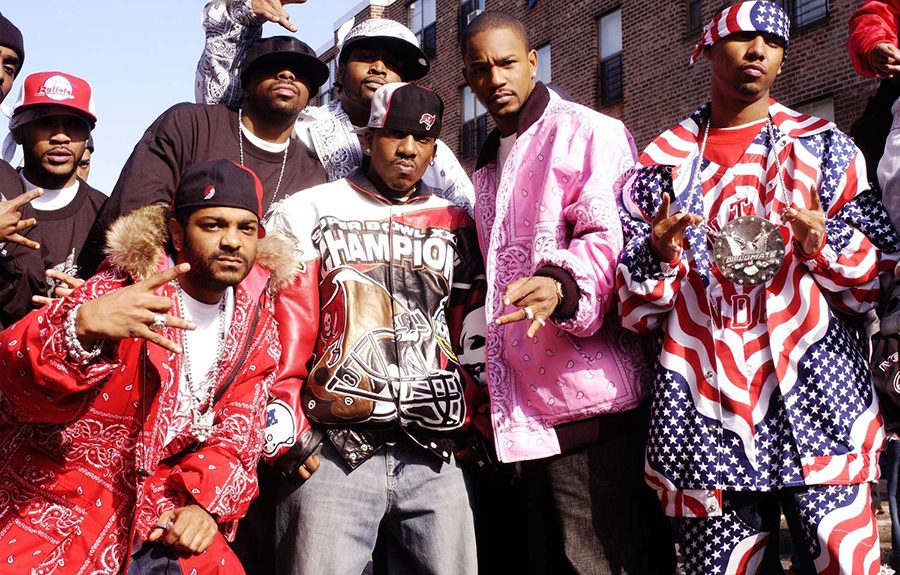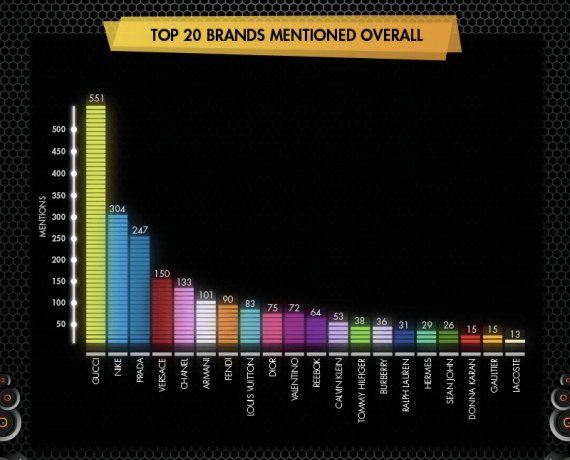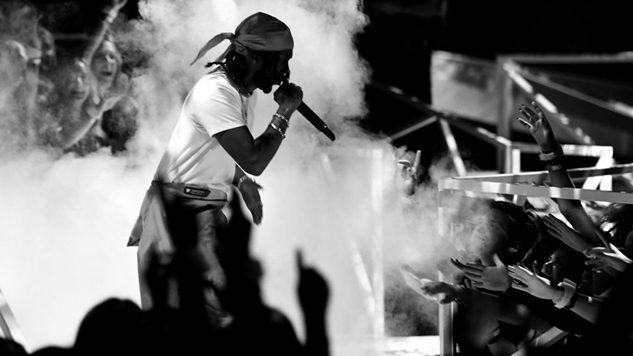Hip-hop is more than music. It’s a culture. Originating in the 1970s from inner-city African-American culture, hip-hop has had a lasting effect on the world. This post is a look into some of the history and aspects of Hip-hop but does not cover all of the history.
Characteristics of the Genre
DJing, Rapping, Break dancing, and Graffiti Writing are the commonly listed four elements of hip-hop. The music has a heavy baseline, syncopated drums, and 70-100 beats per minute (BPM), which creates the “bobbing your head” type of beat.
DJing is done by DJs (disc jockeys) who play records to please an audience. DJing is an art form that involves mixing records and knowing what songs have the BPM that will fit the mood.
Rap, which stands for “rhythm and poetry” is a common characteristic of hip hop. It is a slow type of rhythmic speaking beat that makes the song complete.
Break dancing is a street dance form that involves spinning on the ground in athletic positions. Some say that people would break dance against each other instead of fighting. It was created in New York in the 1970’s.
Graffiti Writing is a physical art form where artists use spray paint to express their culture. It emerged in the late 1960’s and was linked to hip-hop culture in the 1980’s.

Social Implications
The Golden Era of hip hop was the 1980s and 1990s. Most rap during the Golden Era had strong lyrical substance. It talked about what people were going through at the time. Right before the emergence of hip-hop, white flight was occurring in major cities, and white families were moving out of the city and into the suburbs. This left the inner cities saturated with black and Latino residents with few resources. Hip-hop culture came from the conditions in these areas.
Important Performers
The three most impactful and well-known DJs are Clive Campbell (DJ Kool Herc), Grandmaster Flash (Joseph Saddler) and Grand Wizard Theodore (Theodore Livingston).
The first recorded rap song is credited to be “You’re My Candy Sweet” by The Fatback Band in 1979. The first official rap hit, “Rapper’s Delight” by the Sugarhill Gang, was also released in 1979. Despite these successes, rap did not become mainstream until Run D.M.C. released its debut album in 1983.
Commodification
Since the creation of Hip-hop, brands have been associated and sold with the culture. Hip-hop determines what is popular, as well as current trends. These trends usually start in inner cities, and then white people pick up the trends, adopt them, and spread them.


Influences of Future Genres
Rap has lots of sub-genres, including gangsta rap, which has evolved into the modern trap rap. Some historians do not want to consider trap rap as part of Hip-hop because it does not have strong lyrical substance, which is one of the original components of rap.
Conclusory Opinions
Hip-hop is difficult to define, explain, and track because it is a culture, not only a genre of music. It is another example of black people using the few resources we have to make something that everyone envies. As the latest genre of music created by African-Americans, we look to see what will be the future of music.


